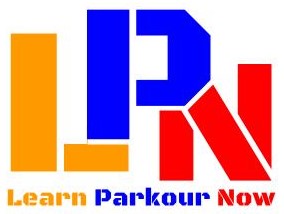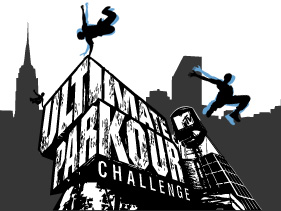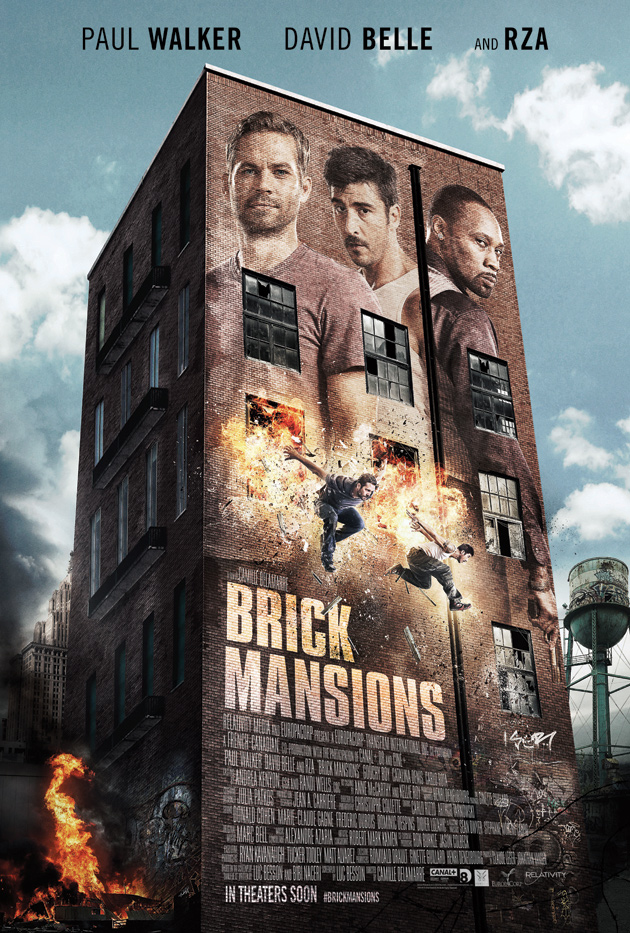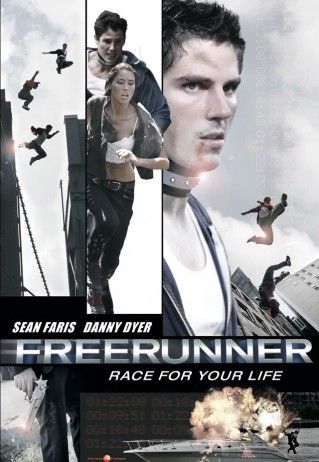The objective of Parkour is to use one’s body in such a way as to effectively overcome common barriers and obstacles in order to quickly flee from present danger. Parkour or l’art du déplacement, “the art of moving,” has its roots in France, before World War I, when a French naval officer, Georges Hebert, noticed the efficiency of certain movements that he had seen made useful by an indigenous tribe in Africa. From his observations, Hebert was able to develop a new innovative form of training utilizing what became his motto: “être fort pour être utile” which means “be strong to be useful.” Herbert’s training methods included the use of a course (parcours) and the French military eventually came up with an obstacle course based on these methods, known as “parcours du combattant.”
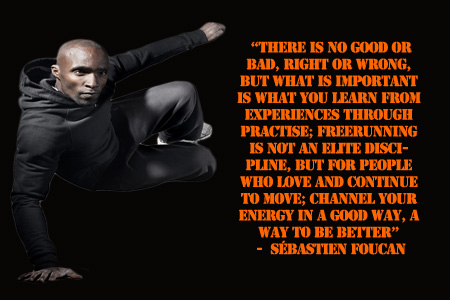
Parkour started to emerge as an extreme sport toward the end of the 20th century in France. This emergence of the sport is mostly accredited to David Belle, son of Raymond Belle, an extremely skilled French firefighter, who had been exposed to Hebert’s philosophy during his training in the French military. Through his father, David was greatly influenced by Herbert’s training techniques and transformed the movement from military training to an art form. To make the term more universally accepted, the “c” was changed to a “k” and the silent “s” was dropped, thus transforming from “parcours” to “parkour”. If David Belle is the founder of parkour–and he typically is recognized as such–then Sébastien Foucan, one of Belle’s associates, is certainly the founder of freerunning.
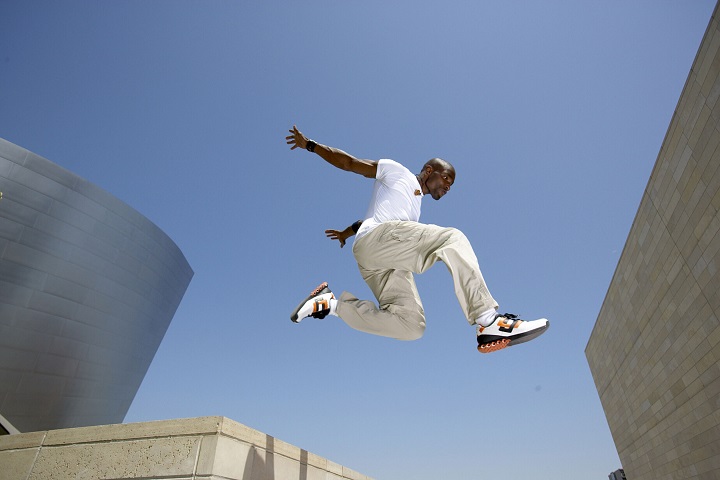
Commonly mistaken to be one in the same, parkour and freerunning are distinct disciplines, though they originated from the same movement style. Belle and Foucan did not completely agree on the philosophy behind parkour. Belle believes it is efficient movement while Foucan believes it is more about creativity and self-expression. Thus emerged the art of freerunning, which integrates more flips, spins and other flare to add aesthetic value even thought they may not be the most efficient way of getting from A to B. Nowadays, the two terms are largely used interchangeably partially out of convenience but mostly out of ignorance.

Parkour made its first big appearance in the US when it was featured in a chase scene of the 2006 James Bond film Casino Royal (the stunts in this scene were performed by none other than Sébastien Foucan). Since then it has been exhibited in several popular films, TV shows, commercials, video games, and other media forms, particularly YouTube which has been arguably the most significant vehicle in transporting parkour along its quick journey from obscurity to mainstream. Parkour made another huge breakthrough when MTV hosted the first-ever parkour competition to be held in the US: “MTV’s Ultimate Parkour Challenge” which aired October 22, 2009 from New York City, in which the best traceurs from all over the world came together to compete for the title of best traceur. Since then we have seen another parkour TV series, “Jump City Seattle.” A few parkour movies have been released including “Run,” “Tracers,” “Freerunner,” and “Brick Mansions” which is a remake of “District 13” starring David Belle.
As parkour popularity continues to grow, other uses are being discovered and explored. Since its original use of fleeing from danger, it is now used as a form of self-expression and according to Askmen.com is one of the fastest growing forms of exercise right now. Even though men are typically the target market for this evolving extreme sport, the health benefits are also starting to attract a lot of women. An article was published on Health.com in October of 2009 under the category “Girls Gotta Move” looking at parkour and freerunning from a girl’s point of view, and discussing how they can be implemented into a workout.
